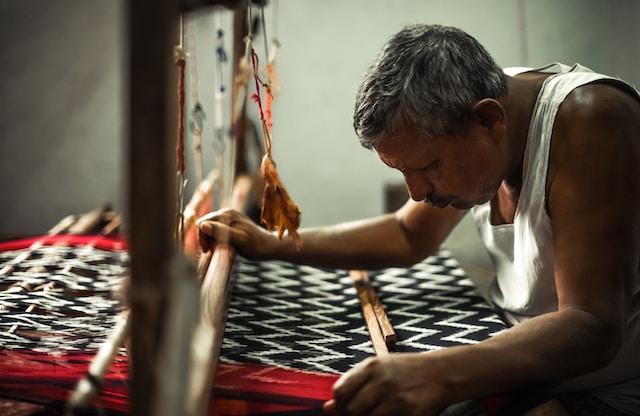Every year, on August 7, National Handloom Day is celebrated across India. The primary objective of celebrating this day is not only to foster the Indian handloom industry, but also to acknowledge the dedication and expertise of the weaving community.
The rich heritage of handlooms is not only famous for sarees but also covers a spectrum of textiles. From dupattas and traditional menswear to modern fashion, the unmatched charm of handwoven fabrics may be forgotten by some, but its legacy will never die. Handlooms hold a lot of cultural and historical significance in India, whether that’s Paithani silk from Maharashtra or Muga Silk from Assam.
So, on this occasion, what better way to uphold the nation’s diverse cultural legacy and support the skilled artisans and weavers than by exploring a variety of handlooms from different regions of India?
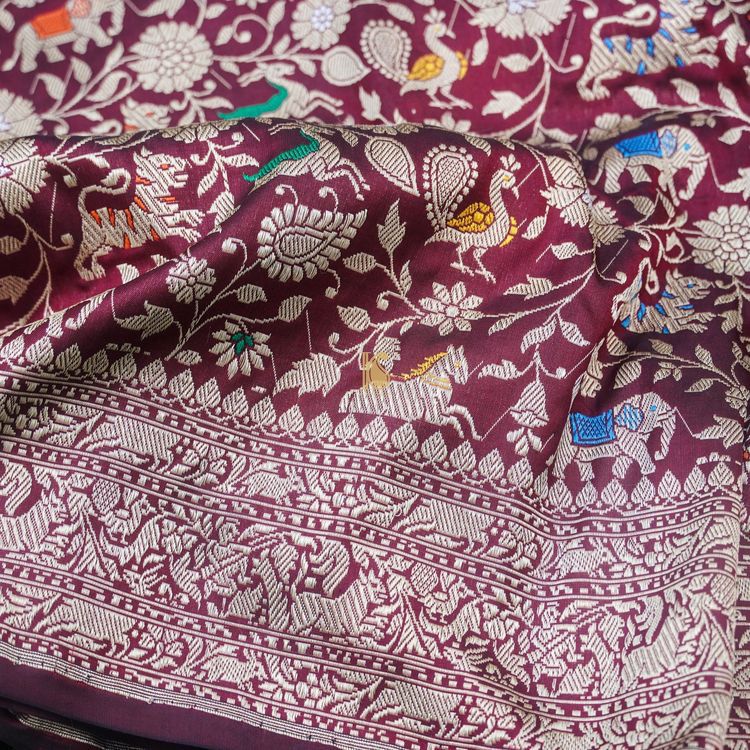
Starting from the north, Banarasi silk from Uttar Pradesh is one of the most well-known handlooms not only in India, but also globally. The key features of Banarasi silk include intricate weaving in gold, silver or metallic threads and traditional motifs like floral designs, paisleys, peacocks, and geometrical shapes. It is widely known that Banarasi silk holds deep cultural significance in Indian weddings and festivities, which is why it has become a symbol of prosperity, tradition, and celebration. It has also been worn by royalty, celebrities, and dignitaries both within India and abroad. In fact, in 2009, Banarasi silk was granted a Geographical Indication (GI) tag, which recognizes its origin and unique characteristics. This legal protection helps prevent imitation and ensures that authentic Banarasi silk products bear the mark of quality.
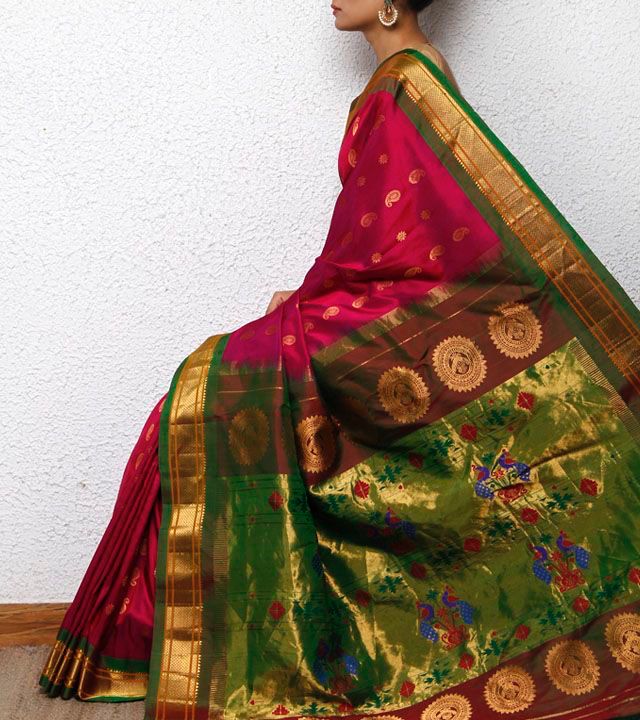
In the western part of India, handlooms from Maharashtra and Gujarat are also very popular. Paithani from Maharashtra is a type of handwoven silk that used to be worn by Maratha royals and is considered one of the finest silk textiles in India. Paithani silk is woven using a special technique called ‘tapestry’ or ‘weft-interlocking’, which involves interlocking different coloured silk threads to create intricate designs. Although Paithani sarees are still very popular in the Maharashtrian culture, modern adaptations have also been made to the traditional handloom. A GI tag has also been given to these sarees, in order to ensure the authenticity and quality of genuine Paithani sarees.
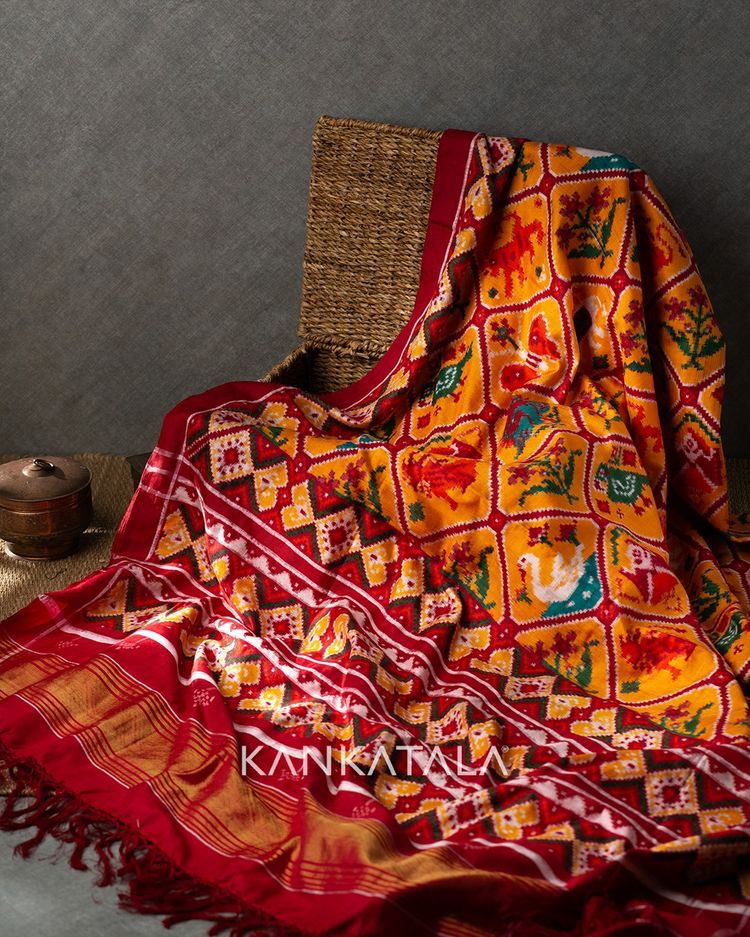
Patan Patola from Gujarat is considered one of the most prestigious and valuable forms of silk weaving in India. Its double ikat weaving technique which results in symmetrical patterns. Ikat involves dyeing the threads before they are woven together, which is why the vibrant colours of this textile are the hallmark of its appeal. Creating a Patan Patola textile requires an immense amount of attention to detail, which is why it can take several months to weave a single saree. Considered to be expensive handlooms, Patan Patola textiles are often considered heirlooms in Gujarat and are passed down through generations as symbols of tradition and craftsmanship. Patan Patola has also been given a GI tag, which ensures that they are protected from imitation.
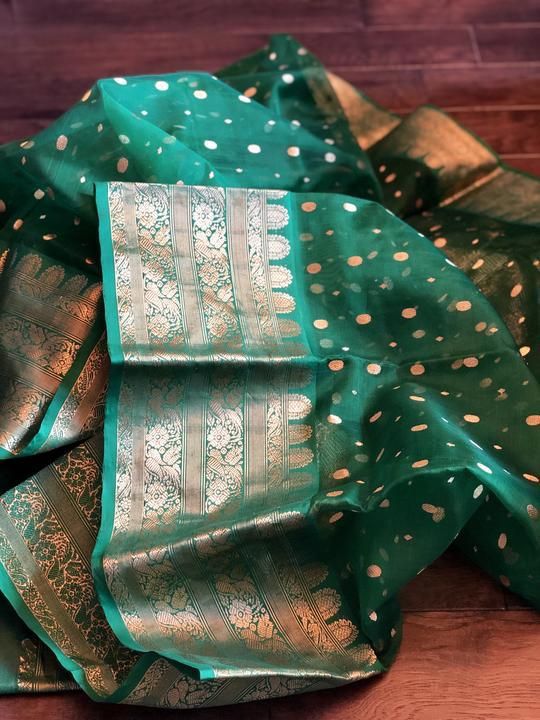
Moving to central India, Chanderi fabric from Madhya Pradesh holds a special place in the world of Indian textiles. It is a blend of silk, cotton, and zari, which makes the fabric sheer and lightweight and because of this, it’s also called ‘woven air’. Chanderi fabric has a rich historical significance and has been used by royalty and nobility for generations, making it a symbol of sophistication and grace. Chanderi fabric is used to create a variety of traditional Indian garments such as sarees, salwar suits, lehengas, and blouses. It is also used to make accessories like stoles, scarves, and dupattas. It often takes weeks to create a single piece of Chanderi fabric due to the intricate patterns and delicate weaving. This fabric has also been granted a GI tag to protect its authenticity.
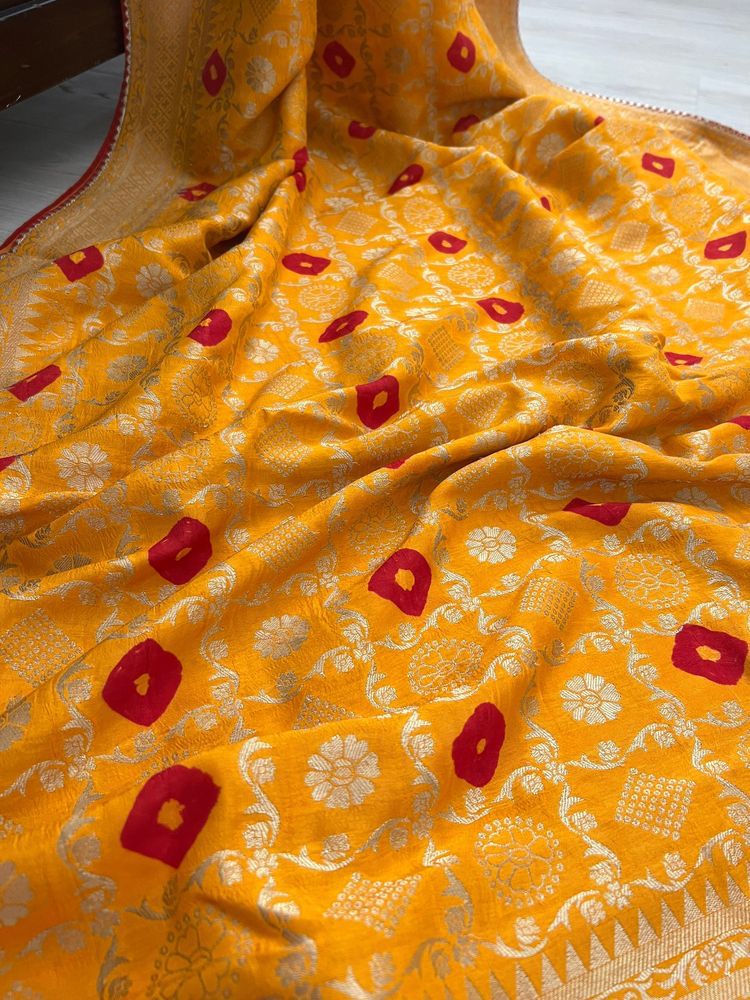
In North-East India, Muga silk from Assam and Bomkai from Odisha are famous handlooms. Muga silk is only made in Assam and is known as the ‘golden fibre’ because of its natural golden colour, durability, and unique lustre. In the Assamese culture, it is a symbol of prestige and luxury. Because of its natural golden colour, Muga silk production does not involve any chemical dyeing processes and is considered environmentally friendly. This Assamese silk has limited availability, and is known for its rarity and value. In the Assamese culture, it’s not just a fabric, but is a reflection of Assamese heritage and the harmony between nature and craftsmanship. Muga silk has also been granted a GI tag.
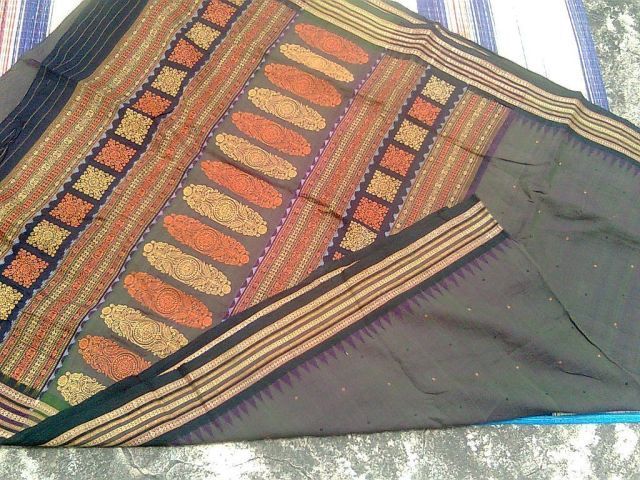
Bomkai handloom from Odisha is known for its distinct weaving technique, which involves supplementary threadwork, wherein the supplementary threads are woven into the fabric to create designs. These handlooms feature traditional motifs inspired by nature, folklore, and local culture. While traditional Bomkai sarees hold a special place, modern adaptations of the technique have also emerged. Contemporary designers have incorporated Bomkai elements into fusion wear and modern silhouettes. With a GI tag, the authenticity and quality of Bomkai products have been protected.
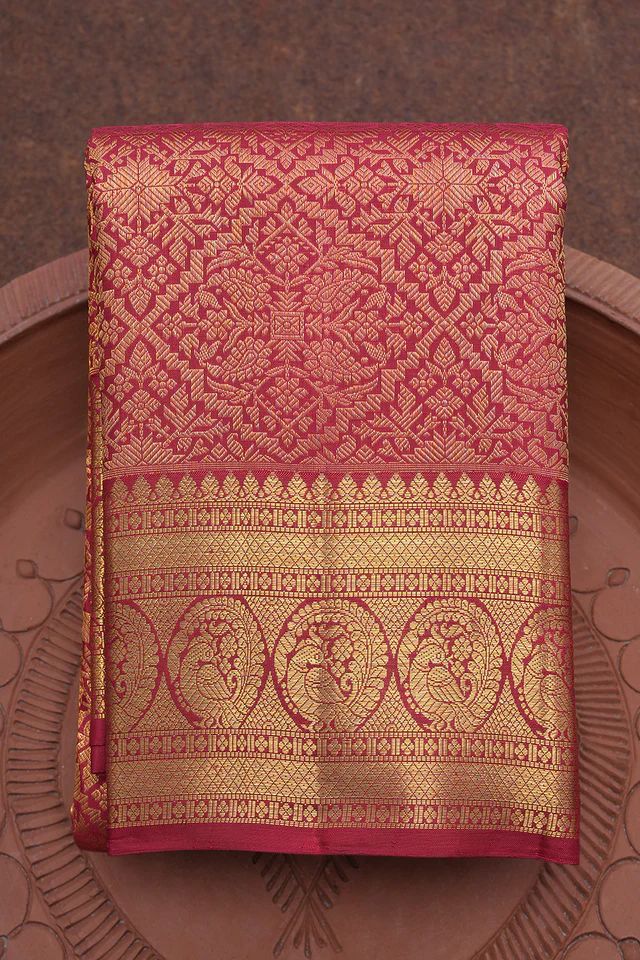
Finally, from the southern part of India, Kanchipuram silk from Tamil Nadu is a luxurious and highly prized silk fabric, and is considered one of the finest and most sought-after forms of silk weaving in India. The reason it is considered a luxury is because of the fact that it is made from pure mulberry silk. These sarees are also very well-known for their temple borders, which have designs inspired by temple architecture, mythology, and cultural motifs. Known for their meticulous craftsmanship, Kanchipuram sarees are a symbol of prosperity, tradition, and grandeur. These sarees also have a GI tag to protect their quality and authenticity.
Between heritage and modernity, the culture and tradition of handlooms are very fragile. In a world where fast fashion is all that sells, we have to ensure that the artistry of handlooms continues to flourish. So, on National Handloom Day, it is important for us to acknowledge the stories woven into each handcrafted piece, and to recognize the artisans of our country. Every thread holds a piece of history, and every purchase is a step toward keeping this tradition alive.





















